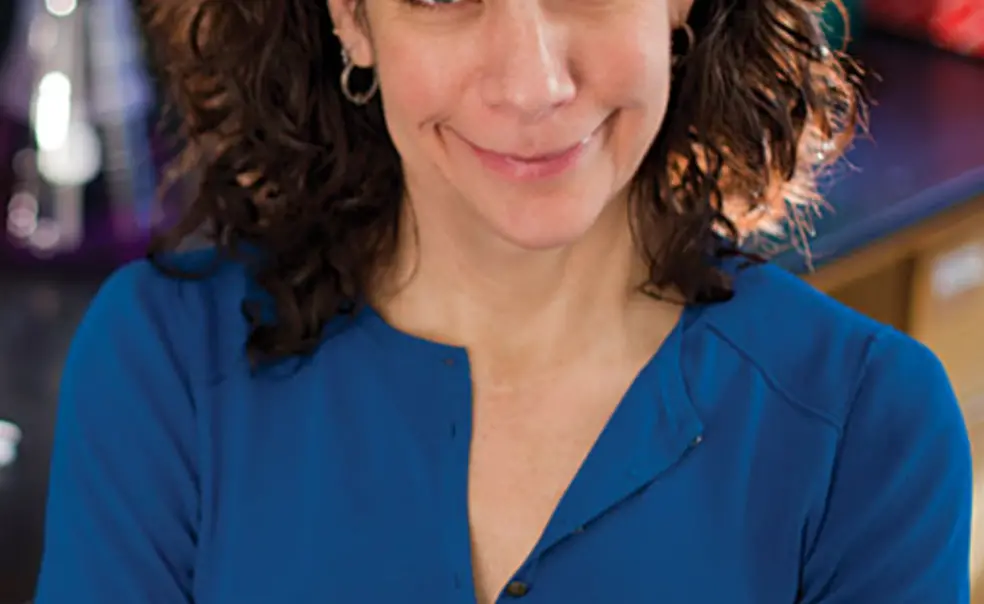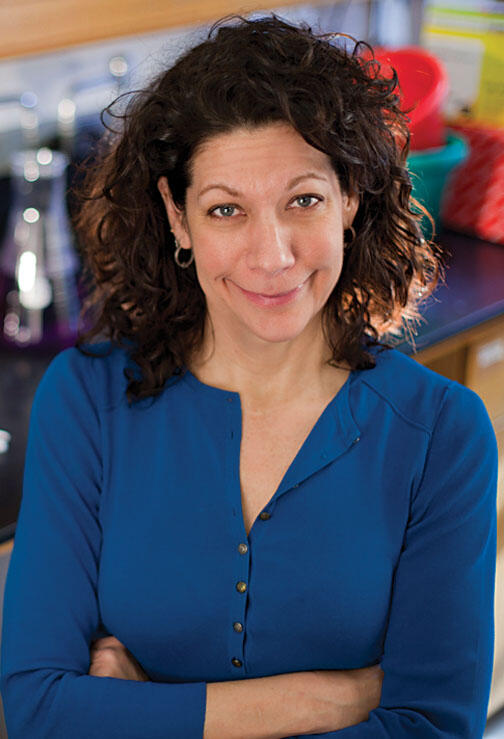Down to a science: Required courses get a fresh approach
For years, undergraduates majoring n the humanities have been anxious about the University’s two required courses in science and technology, each with a weekly three-hour lab. But a recent overhaul cut the lab requirement in half while making greater use of technology to ensure that students understand the material.
During a review of the science and technology courses in 2008, molecular biology professor Bonnie Bassler was surprised to find that many students were taking the minimum number of science classes. “That was sad to us,” she said: It “was really clear that these entry-level classes were not all doing their job to spark further interest in science.”
History major Angela Shin ’13 belongs to the second-to-last Princeton class that had the two-lab requirement. Shin said she enjoyed courses in psychology and molecular biology, but “having to take lab classes twice was definitely a big time sink, especially since I was much more interested in learning the concepts in class than practically applying them,” she said.
Bassler concluded that one lab was enough to give students an appreciation of hands-on science. “Instead of having a second ‘seeing how science is done’ class, we could have classes that helped students understand how science influences their lives, no matter what their jobs are,” she said. The reduction in the lab requirement took effect with the Class of 2015.
Princeton’s distribution requirements compel undergraduates to take classes in nine fields, one of which is science and technology. Bassler’s overhaul resulted in a reimagining of existing courses, among them “Neuroscience and Everyday Life,” “Structures and the Urban Environment,” and “From DNA to Human Complexity.” New non-lab courses have been introduced, including “The Environment: Science and Policy” and “Science and Global Security.”
Two new science-teaching specialists were hired to help professors present information in ways that engage students and use interactive techniques. In some courses, students may text questions to a graduate student who responds during the class.
In “From DNA to Human Complexity,” which has 140 students, Bassler stops every few minutes to ask students to apply a concept to a particular situation, restate facts, or offer opinions. The students’ responses, sent on their cellphones, help Bassler ensure that students understand the material and help shape the discussion, she said.
In “Climate: Past, Present, and Future,” geosciences professors Michael Bender and Daniel Sigman pose questions on the material throughout class. After students answer on their computers, the correct reply and an explanation pop up. “If the majority of the people in the class got the answer wrong, they would go back and re-explain the concepts,” explained Joan Cannon ’15. “Any questions that I had about the key concepts were cleared up immediately.”












No responses yet